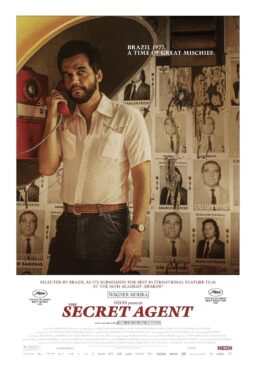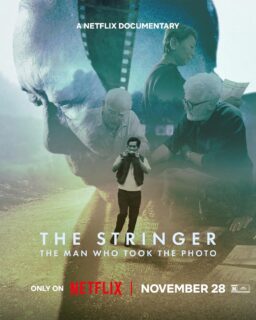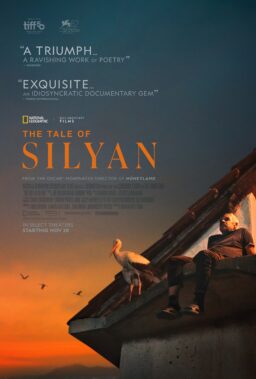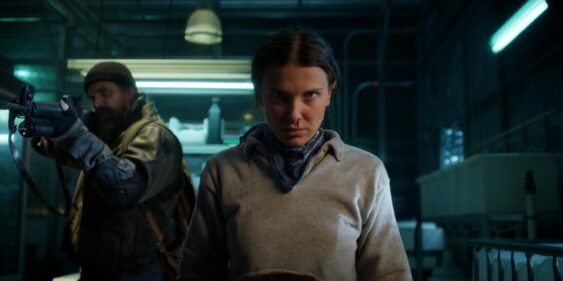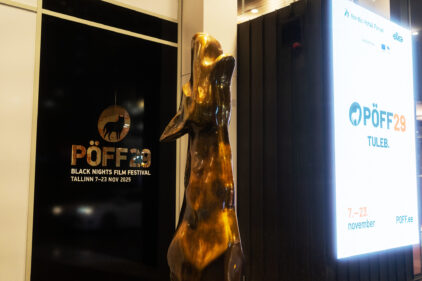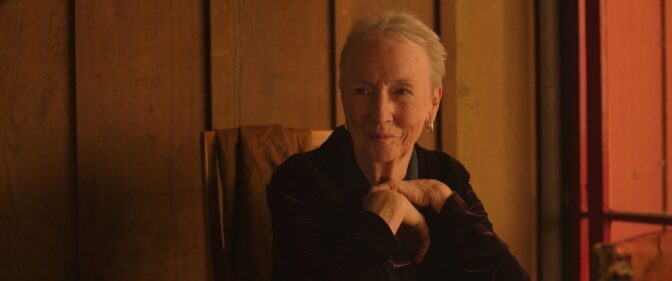The penultimate episode of the 8-part Hulu mini-series “The Twisted Tale of Amanda Knox” finally gets to something that feels illuminating about what it means to be Amanda Knox. Released from an Italian prison after years behind bars for a murder she didn’t commit, Knox struggles to adjust to her American reality, startled at being able to pass freely from room to room and marveling at the seemingly never-ending amount of food in the fridge.
It’s a standout moment in the series for two reasons. One, it’s visually inventive in ways that the series is rarely allowed to be, a way to bring us into Knox’s mental state visually, rather than just through overwritten narration and repetitive dramatic beats. Two, it feels like one of the few times we’re unpacking something that hasn’t been over-covered elsewhere, a new way to see the human impact of an internationally well-known case that’s been misunderstood for almost two decades now. For the most part, “The Twisted Tale of Amanda Knox” doesn’t add enough new to the conversation for anyone who knows this story or has seen the very good Netflix doc titled simply “Amanda Knox.”
There’s a line from that documentary that has always summarized why this case and ones like it grab hold of the conscious: “Either I’m a psychopath in sheep’s clothing or I am YOU.” Amanda Knox is either a true mastermind, someone who cleaned up only her DNA from the crime scene but left everyone else’s, or she’s an ordinary girl like you or someone you know. Both are terrifying propositions, which makes her twisted tale all the more engaging. What if you were caught up in the nightmare of Amanda Knox’s time in Italy? What if you were her mother or father? “Twisted Tale” tries to drive these questions home, capturing the arc of Knox from carefree exchange student to international fighter for the wrongfully convicted. Her true story and the work she’s doing today are undeniably important, but that truth can co-exist with the fact that this recounting of events stumbles dramatically, too content to shallowly repeat what we know instead of really digging in its nails on the complex international response to someone who could have been your daughter.
Amanda Knox (Grace Van Patten) was 20 in 2007, living with an exchange student named Meredith Kercher in Perugia. The episode of the Hulu series that recreates the most fateful morning of Knox’s life transports us to one of the most unusual and analyzed crime scenes in history. Knox returns home after a night with her boyfriend, Raffaele Sollecito (Giuseppe De Domenico), to find Meredith missing. They’re young. She doesn’t think too much about it. She even takes a shower, only noticing the blood in the bathroom after she gets out. And then she sees something disturbing in the toilet and realizes something isn’t right. As more people arrive on the chaotic scene, the episode builds like a slow-motion car crash. We know what they’re going to discover behind Meredith’s locked door, even if they don’t.
The early episodes set an interesting stage, and the final two hours present angles of the Knox saga in ways people may not have considered—it’s the midsection that’s the problem. It feels here like the writers are going through the textbook way to tell Knox’s story, from the over-eager prosecutor to the brutal interrogations to the media that turned a normal girl into “Foxy Knoxy.” Aside from one episode that fills in Rafaelle’s background and experience in the investigation/prosecution, the writers stay laser-focused on Knox when a more comprehensive approach might have been more effective. The show makes the point that everyone was obsessed with proving Knox committed a crime that she clearly did not… by being obsessed with Knox itself. More time with Meredith, either early on or in flashback, and more three-dimensional portrayals of Rudy Guede (who actually committed this crime) and Patrick Lumumba (whom Knox falsely accused under pressure) would have deepened what too often feels like a familiar, shallow retelling.
To be fair, Van Patten does her best to add the depth that the writing often lacks. She’s asked to play various stages of Knox, from the carefree girl who arrived in Italy to the traumatized one who returned, and she consistently delivers effective performances. Sharon Horgan also works as Knox’s mother, and Francesco Aquaroli is strong as the prosecutor who so convinced himself of Knox’s guilt that he started picking the evidence that suited his narrative. He’s particularly good in the finale as he realizes that he was so hell-bent on protecting Kercher’s innocence that he destroyed Knox’s.
As the true crime craze shows few signs of slowing down, we must become accustomed to seeing the same stories told in different ways. Ryan Murphy is reportedly doing Ed Gein with his next installment of “Monster.” Melissa McCarthy and Clive Owen are playing Patsy and John Ramsey in an upcoming Paramount+ miniseries. What more could possibly be learned about these cases? For Knox, the question has a bit of a different shade in that hearing her story again could give another overzealous prosecutor pause when he’s got a scared, unpredictable 20-year-old girl in his sights. If it does so, then, of course, it’s done some good. But social purpose and artistic execution aren’t the same thing.
Whole series screened for review. On Hulu starting August 20th.




